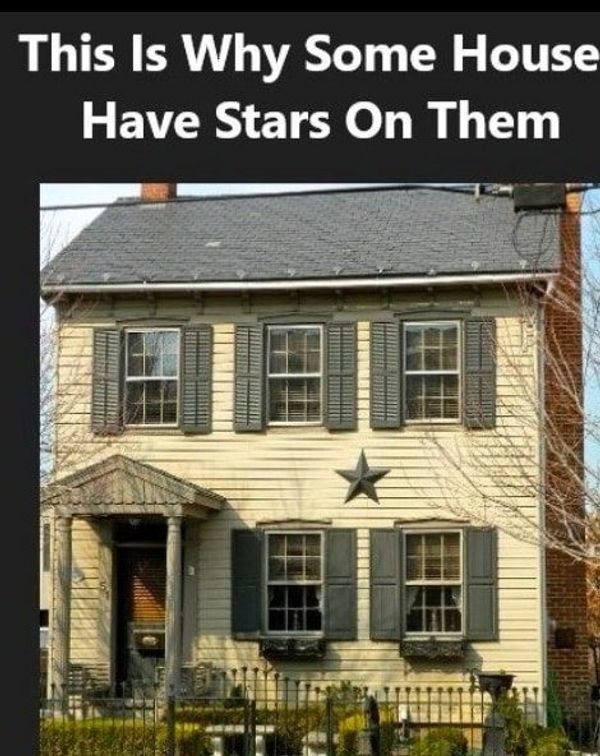
Have you ever noticed those charming ornaments on top of barn doors? They’re called barn stars, and they hold a deeper significance than meets the eye. These stars have a history dating back to the 1830s and are believed to bring prosperity and protect crops. But what do the different colors of these stars mean?
German-American farmers place barn stars on their barns as a symbol of their beliefs and values. The color of each star conveys a unique message. Green represents crop fertility and growth, while blue or black signifies protection for the farmer, household, and crops. And did you know that brown symbolizes friendship? These stars not only add beauty to the barns but also hold special meanings.
The popularity of barn stars can be traced back to the Pennsylvania Dutch community, known for their simple lifestyles. It is interesting to note that barn stars are part of a larger tradition that also includes hex signs. However, unlike barn stars, hex signs have a more supernatural connotation. Created by an artist in the 1920s, hex signs were inspired by quilt squares and barn stars. By the 1950s, they had become a tourist attraction, preserving the culture and traditions of the Pennsylvania Dutch.
While barn stars were not initially tied to supernatural beliefs, they have come to symbolize the agricultural lifestyle and heritage of the Pennsylvania Dutch. These decorative reminders of their history continue to be cherished and treasured by this community.
So, the next time you see a barn star, remember that it is not just a beautiful ornament, but also a symbol of tradition, protection, and prosperity.



